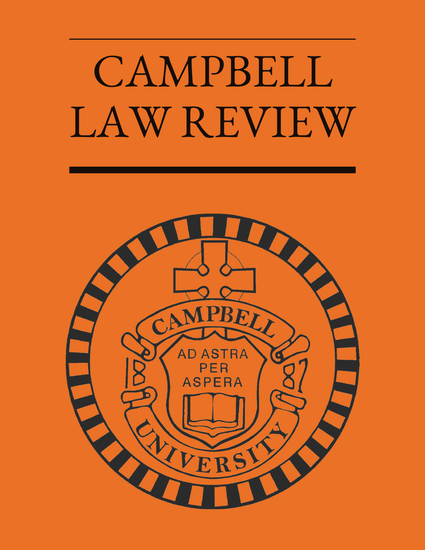
In the years after the promulgation of the 1952 official text, particularly as the New York Law Revision Commission studied it, and as more and more states either studied the Code for enactment or actually enacted it during the late 1950's and early 1960's, law professors, practicing attorneys and bank attorneys commented on each provision of it. Section 4-303(1)(d) and its omnibus clause did not escape this scrutiny. Many of the commentators, however, did no more than describe the purpose of section 4-303's priority rules, point out that section 4-213(1)(c), a remarkably similar section in the Code, did not contain the omnibus clause, and then note the purpose of the omnibus clause as explained in official comment. Other commentators noted that the interplay between section 4-213(1)(c)'s completion of the process of posting and the omnibus clause of section 4-303(1)(d) left a period of time or "gap" during which the responsibility of the payor bank was not clearly defined.
